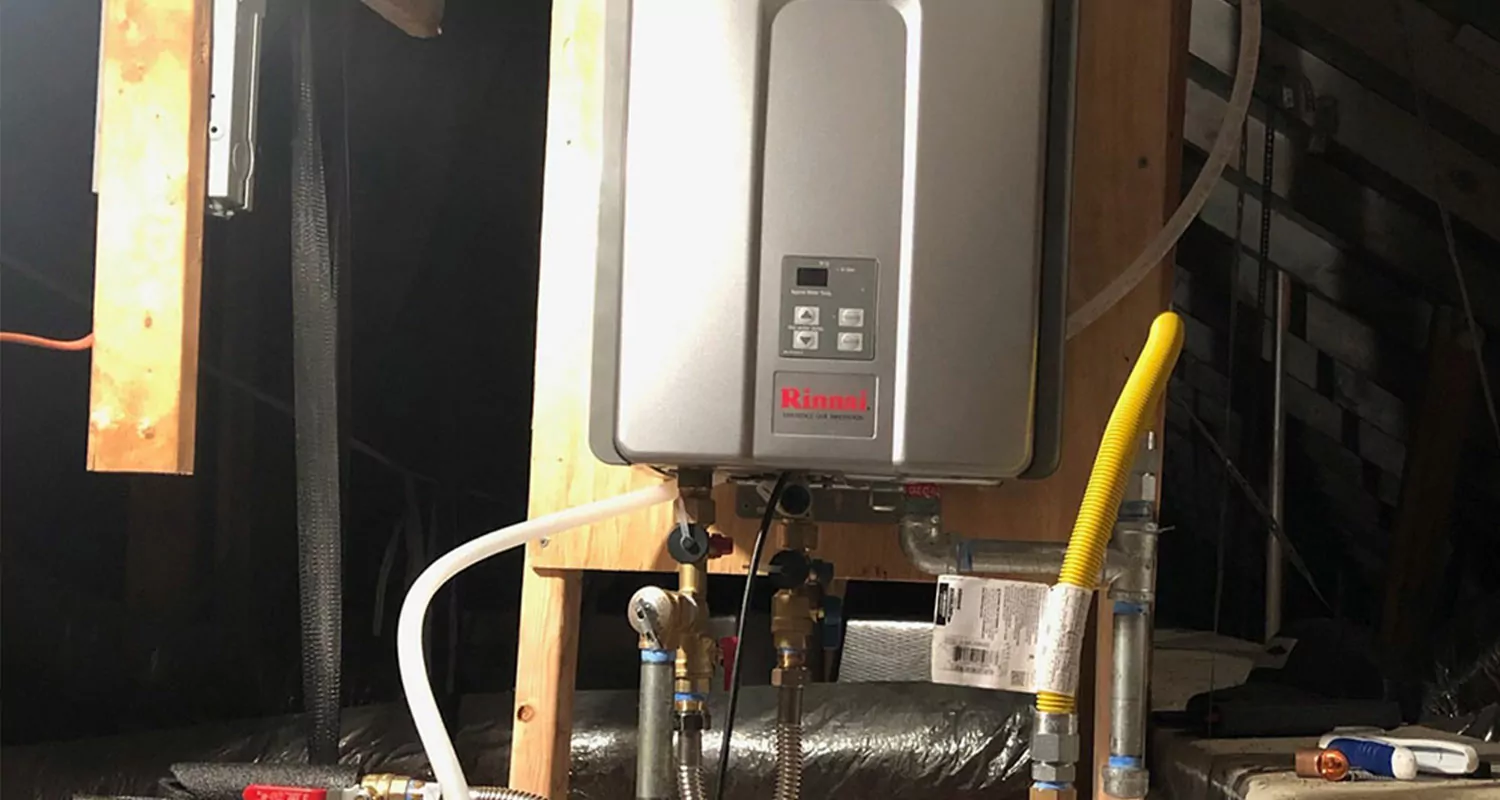Just how do you actually feel on the subject of How to Maintain Your Water Heater & Prolong its Life?

Warm water is important for day-to-day comfort, whether it's for a rejuvenating shower or cleaning dishes. To ensure your warm water system runs successfully and lasts much longer, normal maintenance is essential. This short article supplies functional pointers and understandings on how to maintain your home's hot water system to prevent disruptions and expensive repair work.
Introduction
Preserving your home's hot water system might seem daunting, yet with a few easy actions, you can guarantee it runs smoothly for many years to find. This overview covers every little thing from understanding your hot water system to DIY upkeep pointers and recognizing when to call in expert assistance.
Value of Keeping Your Warm Water System
Normal upkeep not just expands the lifespan of your warm water system but also ensures it operates efficiently. Neglecting maintenance can result in reduced efficiency, higher energy expenses, and even premature failure of the system.
Indications Your Warm Water System Requirements Upkeep
Understanding when your warm water system requires interest can stop significant concerns. Keep an eye out for indicators such as irregular water temperature level, odd sounds from the heating unit, or rustic water.
Purging the Hot Water Heater
Flushing your water heater eliminates sediment buildup, improving efficiency and prolonging its life.
Checking and Changing Anode Rods
Anode poles protect against rust inside the storage tank. Examining and replacing them when worn out is crucial.
Facility Concerns Calling For Expert Assistance
Examples include major leakages, electrical problems, or if your water heater is continually underperforming.
Regular Expert Maintenance Advantages
Professional upkeep can consist of extensive evaluations, tune-ups, and ensuring conformity with security requirements.
Inspecting and Readjusting Temperature Level Settings
Adjusting the temperature level setups guarantees optimal efficiency and security.
DIY Tips for Upkeep
You can do several upkeep tasks yourself to maintain your hot water system in top problem.
Checking for Leaks
Consistently check pipes and links for leaks, as these can lead to water damages and higher bills.
Recognizing Your Hot Water System
Prior to diving right into maintenance jobs, it's useful to understand the fundamental components of your warm water system. Usually, this includes the hot water heater itself, pipes, anode poles, and temperature controls.
Monthly Upkeep Tasks
Regular month-to-month checks can help capture minor concerns before they rise.
Evaluating Stress Alleviation Valves
Testing the stress relief valve guarantees it works correctly and stops excessive stress buildup.
Protecting Pipelines
Protecting warm water pipes lowers heat loss and can conserve power.
When to Call a Professional
While DIY upkeep is beneficial, some problems need specialist proficiency.
Final thought
Normal maintenance of your home's hot water system is vital for performance, long life, and cost savings. By complying with these pointers and knowing when to seek expert assistance, you can make certain a reliable supply of hot water without unforeseen disruptions.
How to Maintain an Instant Hot Water Heater
Before tinkering with your hot water heater, make sure that it’s not powered on. You also have to turn off the main circuit breaker and shut off the main gas line to prevent accidents. Also turn off the water valves connected to your unit to prevent water from flowing into and out of the appliance. 2. When you’re done, you have to detach the purge valves’ caps. These look like the letter “T†and are situated on either side of the water valves. Doing so will release any pressure that has accumulated inside the valves while at the same time avoid hot water from shooting out and burning your skin. 3. When the purge valves’ caps are removed, you have to connect your hosing lines to the valves. Your unit should have come with three hoses but if it didn’t, you can purchase these things from any hardware or home repair shops. You can also get them from retail stores that sell water heating systems. Read the user’s manual and follow it to complete this task properly. When the hosing lines are connected, open the purge port’s valves. 4. You should never use harsh chemical cleaners or solutions when cleaning your unit. Make use of white vinegar instead. It should be undiluted and you’ll probably use about 2 gallons. 5. Now flush your water heater. This task should probably take about 40 minutes. We can’t give you specific directions for this because the procedure is carried out depending on the type, model and brand of your heater. With that being said, refer to the user’s manual. 6. When you’re done draining the unit, you have to turn off the purge port valves again. Remove the hosing lines that you earlier installed on each of the water valves. Put the valve caps (purge port) back in their respective places and be very careful so as not to damage the rubber discs that are found inside these caps. 7. Now that everything’s back in place, check your user’s manual again to find out how to reactivate your water heating system. 8. Once it is working, turn one of your hot water faucets on just to let air pass through the heater’s water supply pipes. Leave the tap on until water flows smoothly out of it. https://www.orrplumbing.com/blog/2014/september/how-to-maintain-an-instant-hot-water-heater/

I hope you enjoyed reading our post about Tips on Maintaining a Water Heater. Thank you for taking time to browse our short article. So long as you enjoyed reading our post plz consider to pass it around. Thanks for going through it.
Pricing